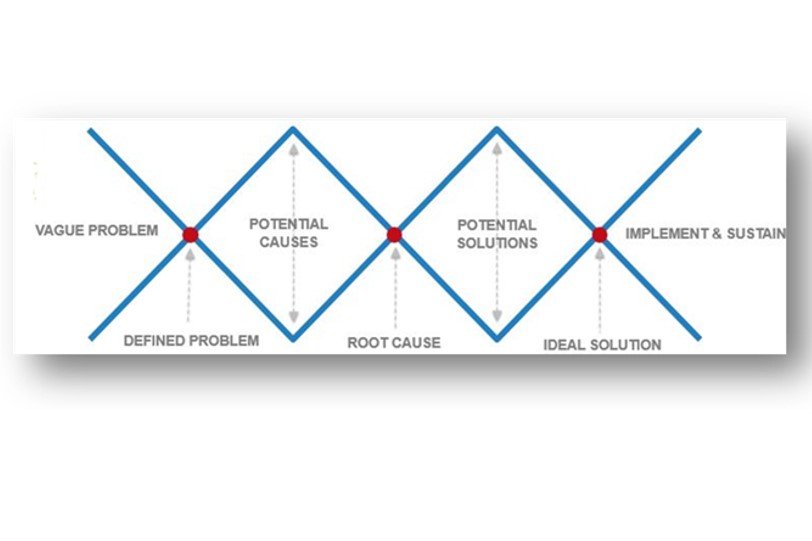
Posted by : Michael Frangos May 29, 2022
Contact : michael at indigenousenergyaustralia.com Maps
Water is fundamental to life, and fundamental to society, it has a certain nebulosity that is unrivalled which, combined with its inherent flexibility, allows it to act as a medium that connects across industries, religion, race, income, social standing and geographies, even when these different ‘points’ may be polar opposites. As Bruce Lee, a man from another ancient culture, once said “Water is formless and shapeless, if you put it in a cup, it becomes the cup, if you put it in a water bottle it becomes the water bottle, if you put it in a teapot, it becomes the teapot”. This speaks to the connectivity and universality of water. It can be economic, social, environmental, cultural; water adapts and becomes the culture it supports, whether Indigenous Australian, Anglo-Australian or another one of the varieties of other Australian cultures.
Two dominant perspectives of the water nebula are the Contemporary and Original water viewpoints. The Original Water Industry concept aims to reconcile these two viewpoints, as the Original knowledge set is currently little known and underutilised.
Much like water itself, the concept of the “Original Water Industry” can act as a connection point for people from all walks of life, adapting and changing form as the collective input broadens. The Original Water Industry is currently a concept outlined in this chapter prepared by a few key authors that come from a diverse set of backgrounds. The medium of water has connected these authors and its many contributors.
The aim of the concept of the Original Water Industry is that it replicates and enhances understanding of water’s nebulosity, enabling more and more people to contribute and connect through water, like a series of tributaries and estuaries feeding a river.
This approach of using highly collaborative and collective concept development, departs from the mainstream, but very much reflects the nature of water, which tends towards the path of least resistance, and takes inputs from any source available. The approach also reflects Indigenous culture - where shared knowledge evolves with collective experiences and is efficiently shared among members of a community.
There have, and will be, many contributors to the development and implementation of the Original Water Industry, both the industry and the concept, and just because a name does not appear in print, does not mean the individual has not contributed in a significant way. This chapter itself is just the next evolution; and there are many evolutions to come, much like the yarns told around Australia on any given night. The substance will stay the same but people connecting to the story will add their touch.
We invite those who wish to contribute, to connect with, and become one of, the custodians of the Original Water Industry. The more contributions gained, the better becomes the understanding of how this industry and its associated knowledge sets can be applied to contemporary water practices.
A key impact from this focus on the Original Water Industry is the opportunity to disrupt the status quo, by increasing the awareness of teachers and students alike. Doing so demonstrates the value of this knowledge to contemporary practices, while reinforcing the fact that Indigenous Australians are disproportionately affected by water issues, both in frequency and magnitude of impact. Inspiring more research across the Original Water Industry and its application, is one goal, while a second critical outcome is establishing a mindset for undertaking detailed analysis and quantification of a knowledge set that is currently viewed as abstract. Producing such analyses of the value of this knowledge is key to promoting open mindedness at the beginning, and sustaining positively critical analysis when objectively assessing the contemporary ‘value’ of an alternative knowledge base.
This process begins at the point of engaging with another culture, then encouraging conversations among people with different knowledge sets and experiences to build familiarity and sustain engagement. When the right mindset, of openness and critical awareness, is applied to these conversations, similarities and commonalities quickly become apparent and can be earmarked for further research.
It is crucial that students engage in this type of analysis but first they must be given the freedom to explore, allowing them to open their minds to analysing alternate knowledge sets.
This concept is linked to most engineering disciplines but not all connections will have equal value or application. Critical to laying new foundations in the next generation of engineers is the introduction to the divergent-convergent mindset, first to open and then to converge in on value/applicability.
Extract from Chapter 16, Indigenous Engineering for an Enduring Culture, edited by Cat Kutay, Elyssebeth Leigh, Juliana Kaya Prpic and Lyndon Ormond-Parker. Published by Cambridge Scholars Publishing
Authors: Michael Frangos, Brad Moggridge, Torres Webb, Troyson Bassani and Phil Duncan.
Location: Darling